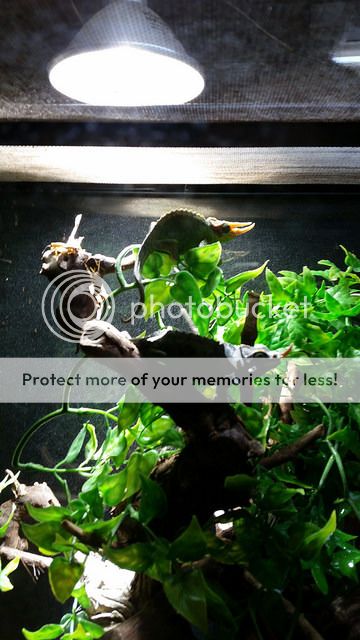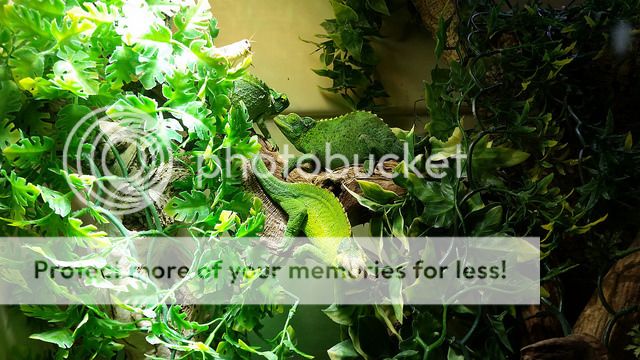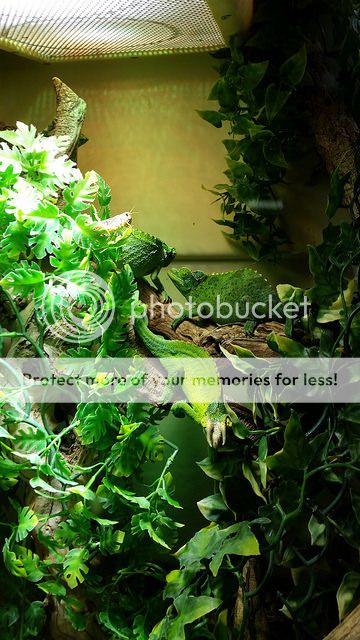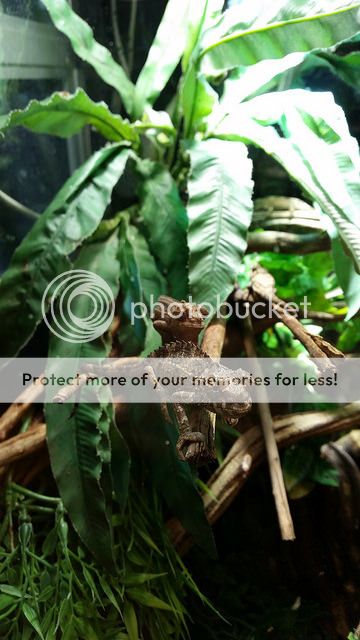jims
Member
Hello,
I'm fairly new in keeping chameleons, hence the need of your expert advice.
I started last august with a young male ambilobe. He's doing really well and I found myself getting more and more interested in these wonderful little creatures. I've been thinking for a while to get a Trioceros jacksonii xantholophus as they are fairly easy to find where I live, but I always thought that I should first get more experienced with my panther before getting another species which, according to what I've read, needs more special requirements.
Last week, I have been informed a shipment of Merumontanus from Tanzania have arrived and I've always wanted a pair of those. They are not easy to find over here, and I know I should act fast, but I also really do not want to make any impulsive decision. So here are my questions :
Should I wait and get more experience with panthers or do you think I'm ready to try jacksons?
I don't know yet if these meru comes from a farm or are WC. Does it make any difference ? I've read that it's better to get CB chameleons as they are more healthy, but really, I don't know. What do you think ?
Thank you for your help !
I'm fairly new in keeping chameleons, hence the need of your expert advice.
I started last august with a young male ambilobe. He's doing really well and I found myself getting more and more interested in these wonderful little creatures. I've been thinking for a while to get a Trioceros jacksonii xantholophus as they are fairly easy to find where I live, but I always thought that I should first get more experienced with my panther before getting another species which, according to what I've read, needs more special requirements.
Last week, I have been informed a shipment of Merumontanus from Tanzania have arrived and I've always wanted a pair of those. They are not easy to find over here, and I know I should act fast, but I also really do not want to make any impulsive decision. So here are my questions :
Should I wait and get more experience with panthers or do you think I'm ready to try jacksons?
I don't know yet if these meru comes from a farm or are WC. Does it make any difference ? I've read that it's better to get CB chameleons as they are more healthy, but really, I don't know. What do you think ?
Thank you for your help !








